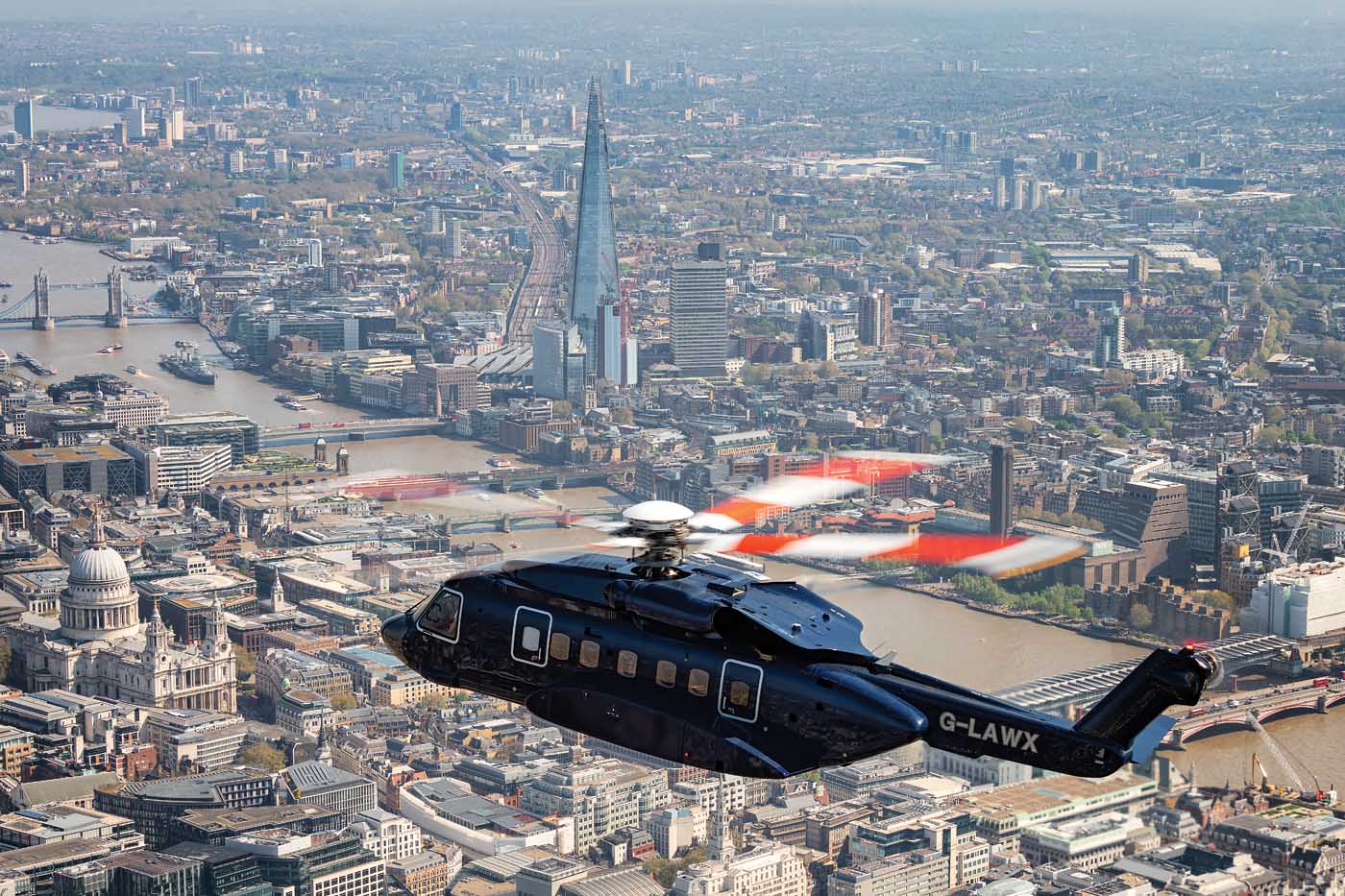Since its launch as a small helicopter management company in Great Britain in 1978, Starspeed Ltd. has firmly established itself as a leading presence in the global VVIP helicopter market, becoming a household name among those with the means to use its services. Designed to provide its exacting customers with the most suitable, stress-free solution, those services include helicopter management, charter, sales, support and services.
Over more than four decades, Starspeed has flown or managed 22 different aircraft types produced by five different OEMs; transported presidents, princes and a pope; and provided its services to film studios and rock bands. According to Simon Mitchell, the company’s managing director, the key to the company’s success is being able to provide a fully customizable solution.
“Whether through reputation or recommendation we get approached, and the normal thing is that the owner will define what they want,” he said.
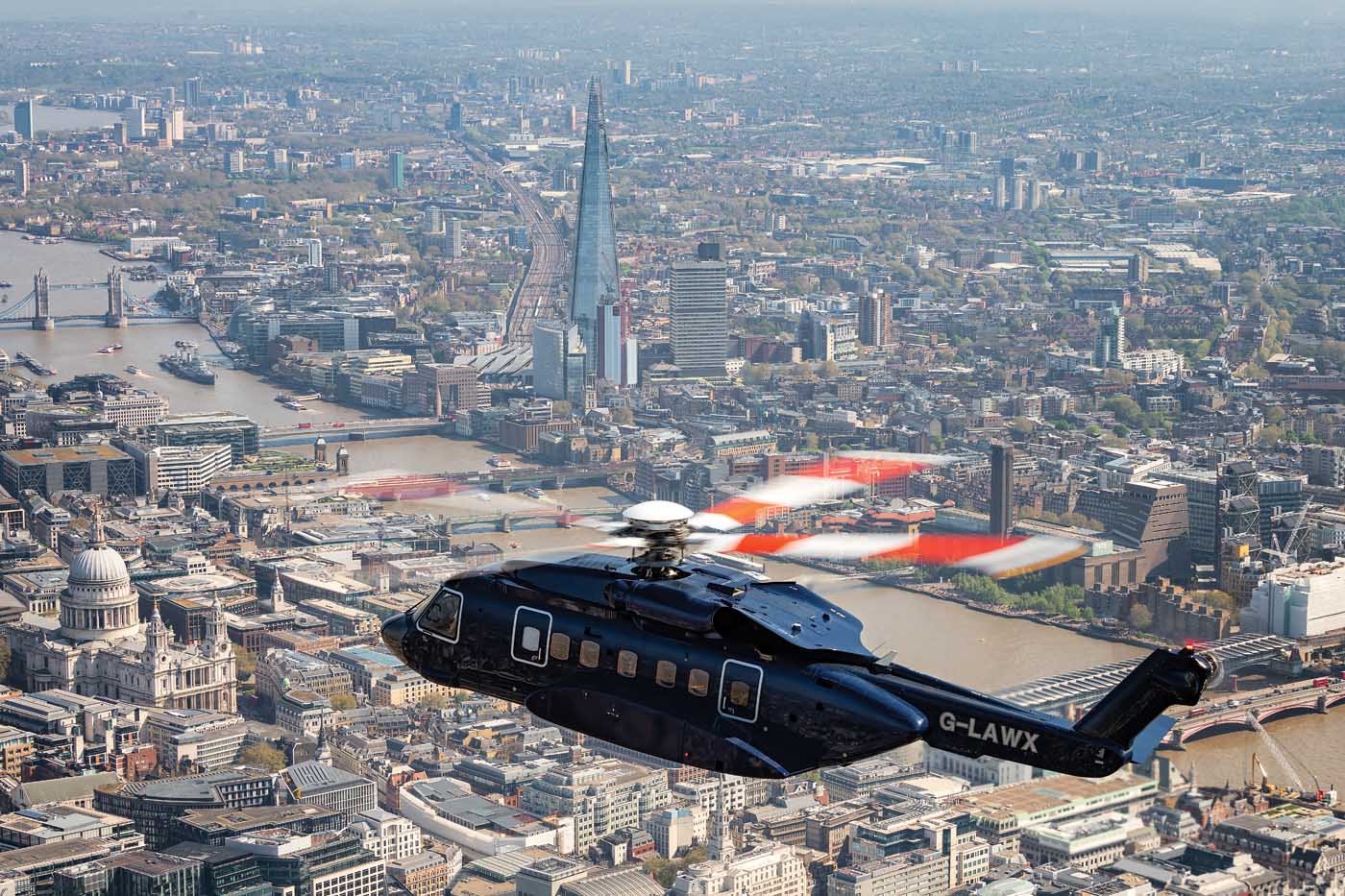
A commercial helicopter pilot with a background in finance and safety management, Mitchell has been with the company since 2005. His tenure has spanned a period of significant growth, as well as two buyouts: first by a group of its pilots in 2007, and then in 2017 by Luxaviation. He credits the company’s founders — John Dicken and David Voy — as sowing the seeds of this success, having set the conditions by which the company would operate. “No matter the scale or location, the fundamental principles of how we go about our business are the secret of our continued success,” he said.
The first type used by the company was the Bell 206, which Starspeed managed on behalf of a bank. The company quickly evolved into multi-engine and instrument flight rules (IFR) operation, added a Bell 222 Spirit, and has subsequently diversified to meet its clients’ demands. Bell, Sikorsky, Airbus and Leonardo are all represented in Starspeed’s current fleet.
Such a broad fleet presents significant challenges, not only in terms of support and safe operation, but also in the delivery and deployment of aircraft that may lack sufficient range to self-position to the required location. Its U.K. basing brings a benefit here, being on the periphery of the world’s largest continental mass, but also with a relatively short sea transit to North America.
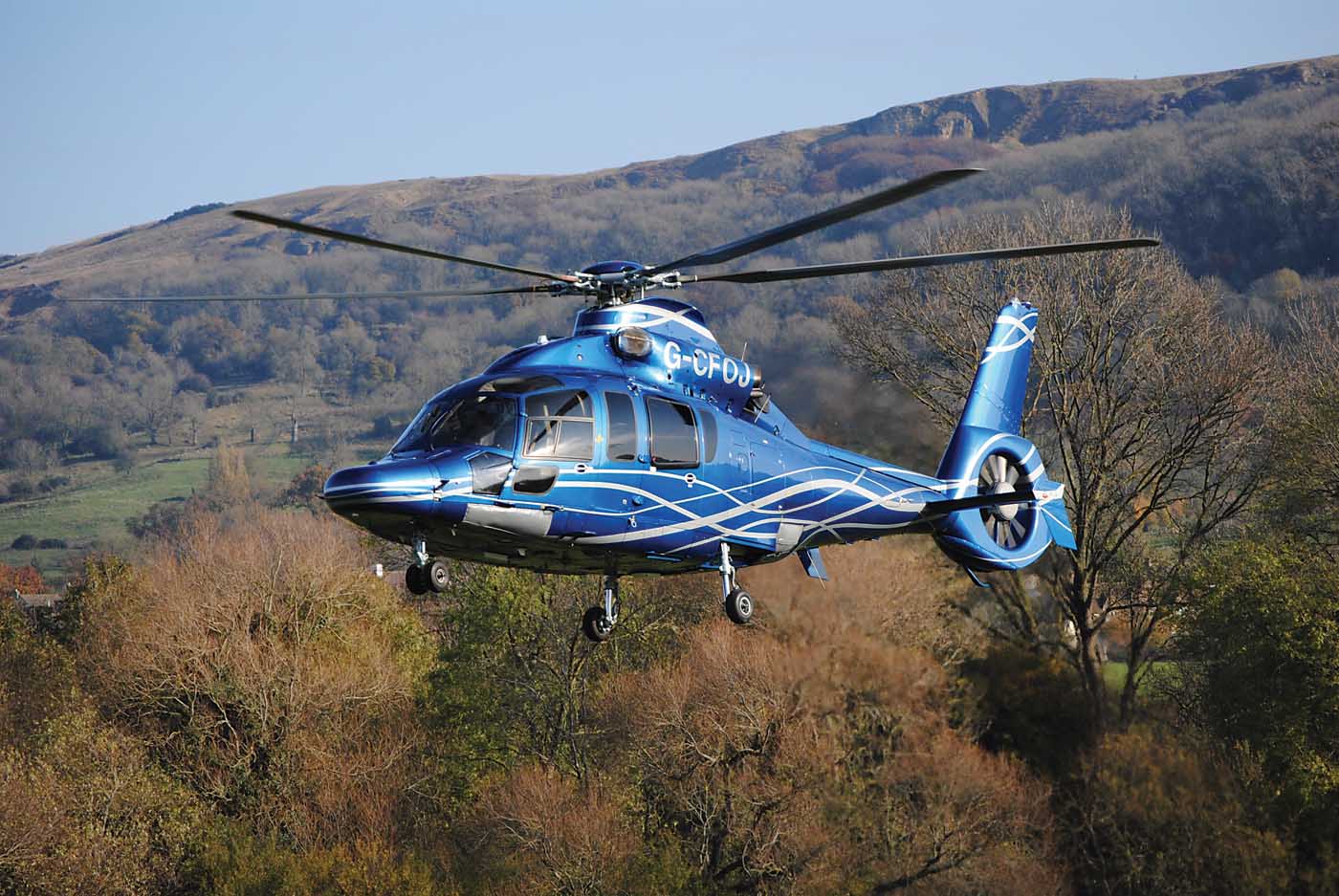
“Most places in Europe can be self-positioned,” explained Mitchell. “Aircraft can be positioned to Athens in two days.”
Aircraft destined for the Continental U.S. or the Caribbean are stripped of their rotor blades, which are packaged separately for the trip across the Atlantic in a roll-on/roll-off car transport vessel. “Once the blades are off, we take up the floor space of about four or five SUVs,” said Mitchell.
Making connections
Getting the aircraft to the end user is only the beginning, and once it is put into use the focus of the company changes to safe operation and support. Although they may be used to facilitate recreational activities, to their ultra-wealthy owners the aircraft are not in themselves a leisure pursuit, and must provide value. In doing so, they must dovetail with many other aspects of the client’s life.
“The aircraft has to fulfill a purpose,” explained Mitchell. “We make the connection between properties, places of work and the means of wider transport. They may need a helicopter in order to make these other assets work together.”
These other assets may include property, whether private or business-related, and in many cases other means of transport, such as yachts or business jets.
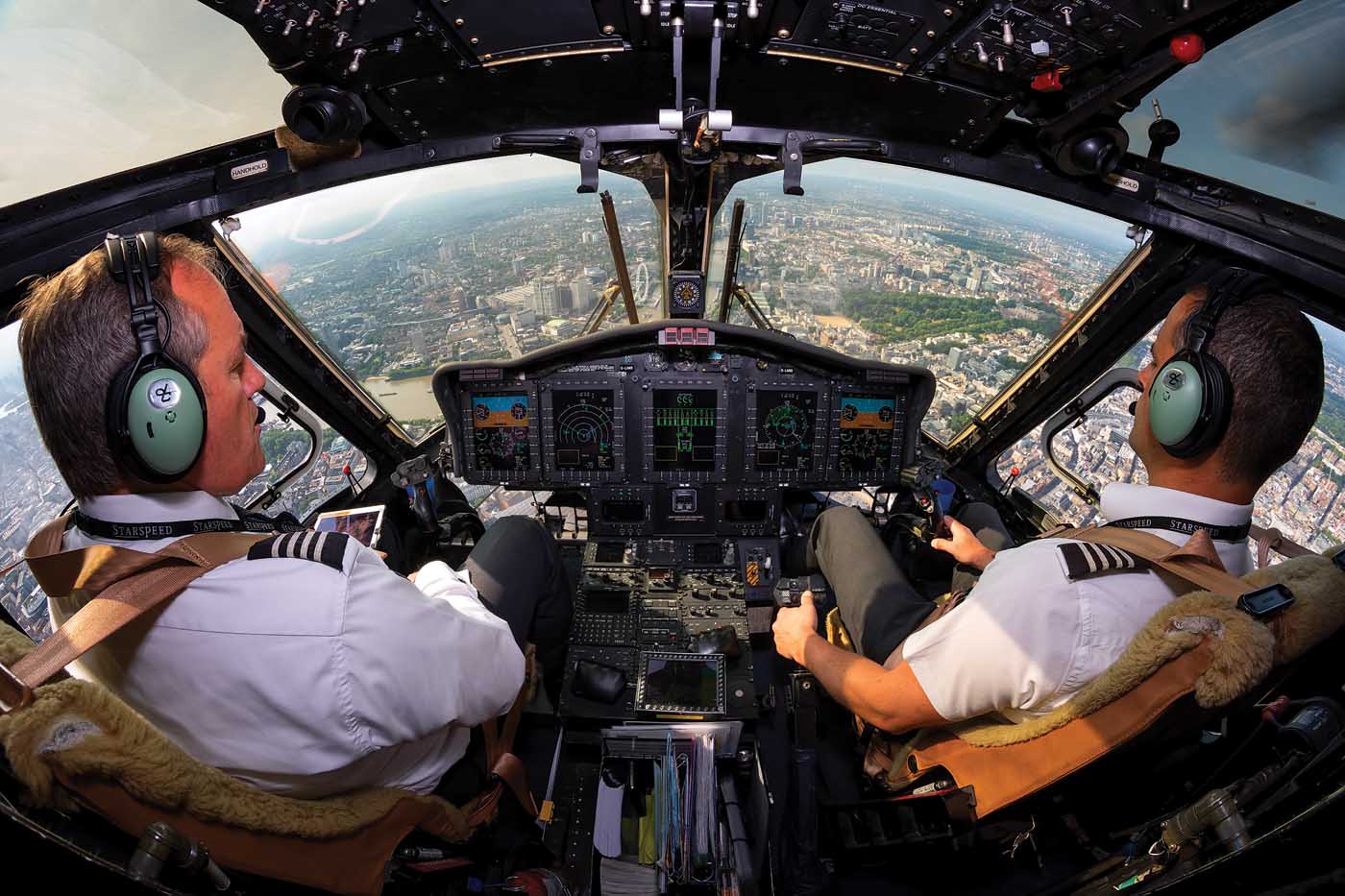
“One of the key skills of helicopter management is working out how we fit in the bigger picture of asset management and how to make that asset management work,” said Mitchell.
There can be few more efficient ways of connecting a yacht owner with the wider world than providing a direct conduit between the vessel and their private jet. But operating helicopters to ships demands particular attention to the risks involved and their effective mitigation. Anybody who has spent any time flying at sea will attest that this is often more a matter of experience than legislation or regulation, but ultra-high net worth clients can literally afford to be demanding, so striking the balance between cautiousness and versatility is an essential skill.
“Although we want to engage with the water for leisure, it’s a big hazard to the helicopter, the crew and the passengers,” explained Mitchell. “We want to provide the advantages of the helicopter without introducing any new hazards.”
This delicate balance, and the equally delicate interface between the service provider and the client, clearly occupies a great deal of Starspeed’s attention. But as is the case whether the aircraft is on board a yacht, or thousands of miles from the company headquarters in Fairoaks, it is the pilots who will need to manage this relationship, and it is this interpersonal dynamic that most influences Starspeed’s approach to recruitment.
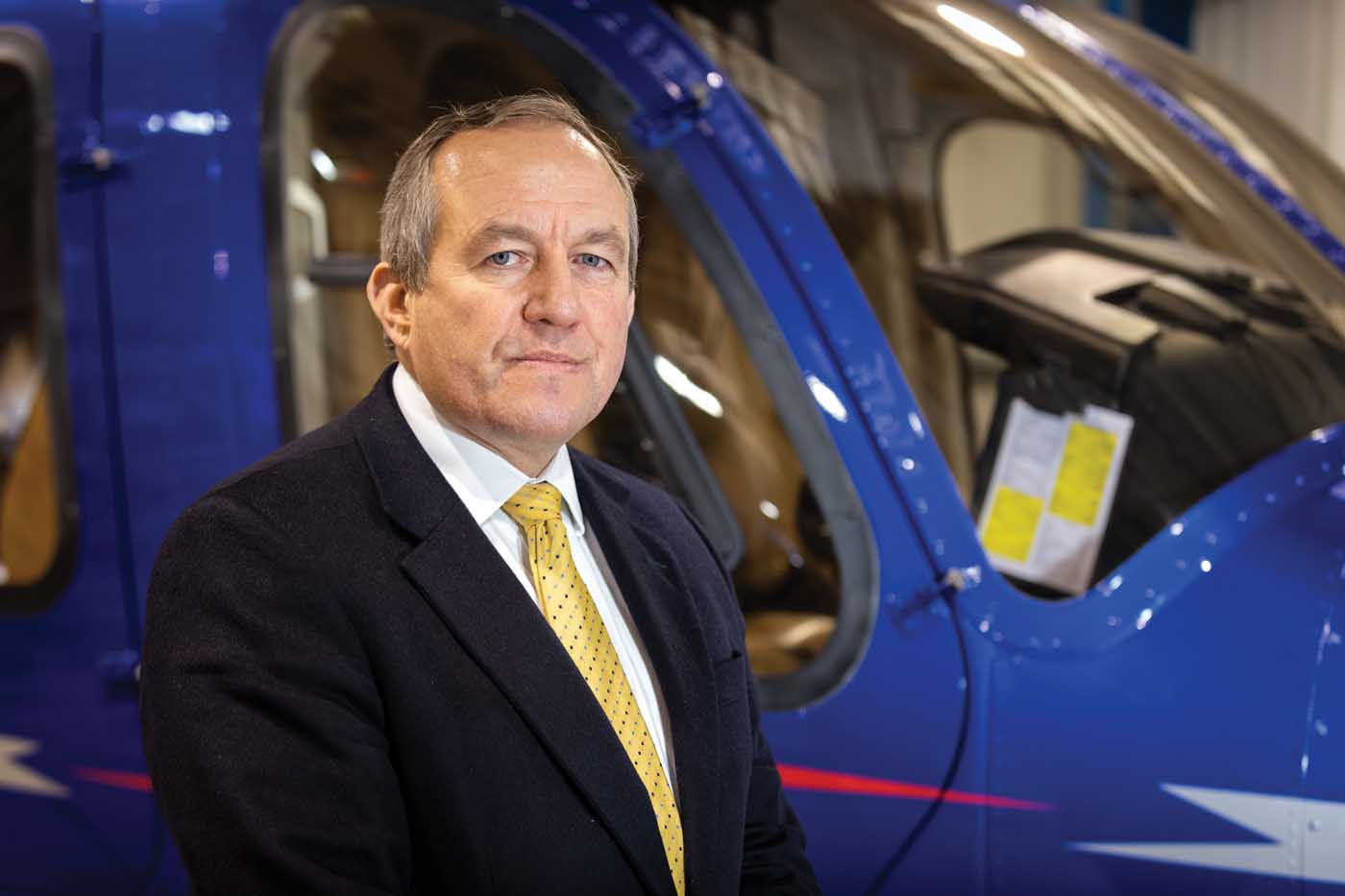
“We are looking not just for pilots but experienced aviation managers. The pilot doesn’t just deliver the skill to fly the aircraft, they are responsible for understanding the asset in its whole,” said Mitchell. “We are looking for adept diplomats, good decision managers, logistical managers, finance managers. For the right person, it adds so many elements to the job that they will enjoy.”
Finding the right people is something that Starspeed has invested in, offering training since 2011 that focuses on advanced flying techniques for those that already hold a commercial license. At its Kemble facility it has a flight navigation and procedures trainer (FNTP) II simulator that replicates an Airbus Helicopters AS355 TwinStar.
“As aviators, we don’t only believe in the company, we believe in the activity,” Mitchell explained. “Aviation is the heart of why we are in this business, so we like to create opportunities for other aviators.”
As well as creating opportunities, the training facility also doubtless provides a means of identifying and vetting potential candidates for vacancies and ensuring that the company’s values are inculcated from an early stage. With the emphasis on operating at long distances from the headquarters, often as a single pilot, it is no coincidence that many of Starspeed’s pilots are former military aircrew.
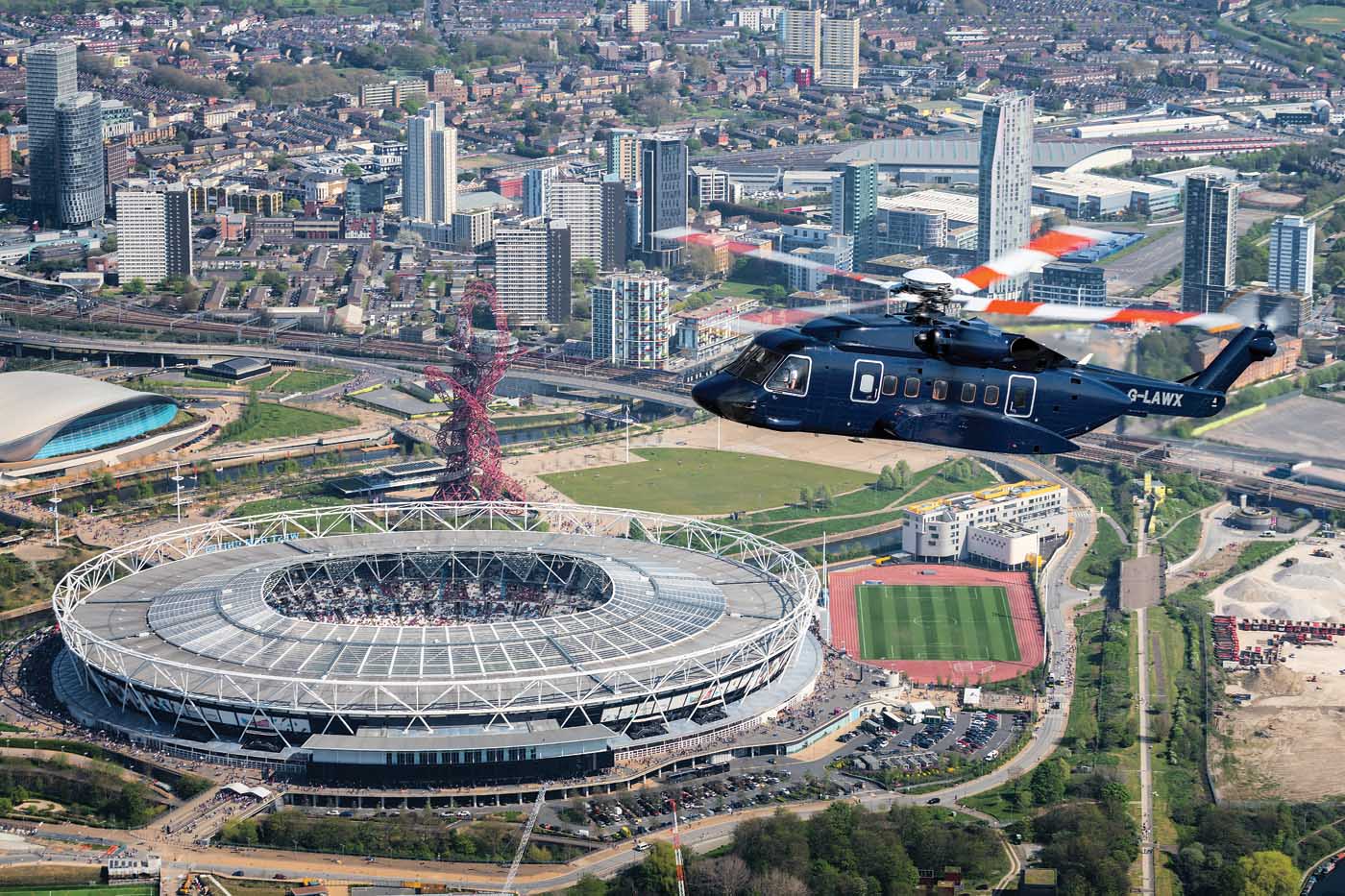
Mitchell himself was a Fleet Air Arm Sea King pilot, but explained that trust is the most important characteristic of any potential candidate. “There are huge amounts of trust involved in this business,” he said. “We are selecting the pilot on behalf of the customer. They will be trusted with the safety of the operation, the customer and their family. There is also trust that you will look after the aircraft; they are hugely expensive assets. The customer may be very wealthy, but that wealth mustn’t be taken for granted, and there must also be trust with security and privacy.”
An ever-evolving fleet
Starspeed’s fleet currently spans 11 different types and the variety is stark. The smallest type on its books is the Bell 429; the largest aircraft is a Sikorsky S-92. The latter is based at Stansted airport, where it is maintained by Harrods Aviation. It is equipped with 16 leather-upholstered seats and its own toilet. Mitchell explained that the aircraft owner had a specific purpose for which he had purchased the aircraft, and the S-92 was the only helicopter that could fulfil the task. That said, it remains affordable – a relative term in these circumstances – for charter operations.
“A lot of people would love to have a ’92 and all the capability that it brings, but the costs are significantly more than most other aircraft,” said Mitchell. “There are not many owners who have a need and an appetite that fits this aircraft’s capabilities and requirements. But on a charter basis, the costs actually aren’t that bad.”
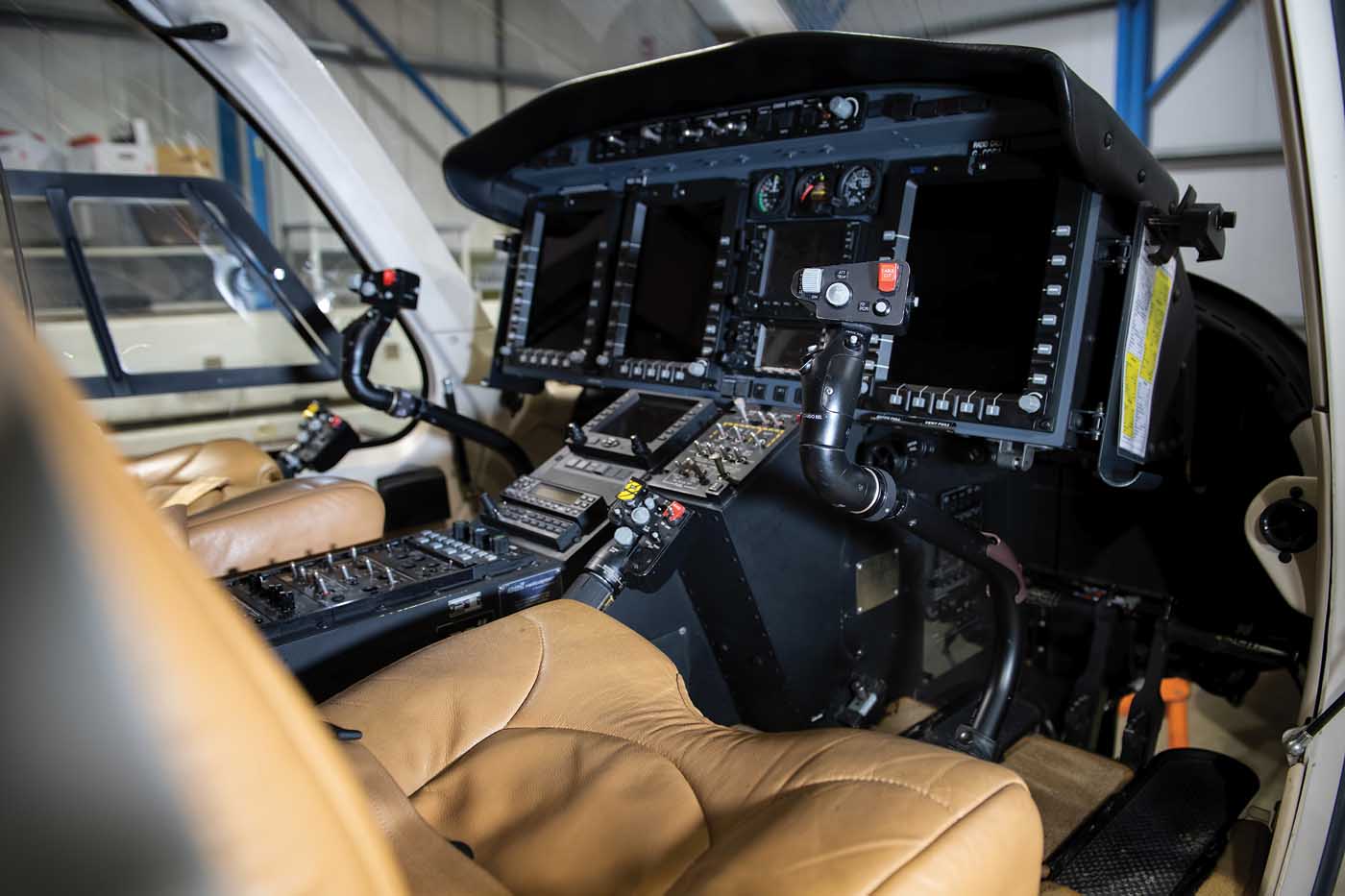
There are, apparently, a few customers for whom the space available is reason alone to pay the costs, and at least one that finds the physical size of the machine more reassuring than smaller helicopters. It’s the size that raises the most questions about the aircraft’s suitability for ad-hoc charter operations, though. As Mitchell pointed out, with approximately 12 tonnes (more than 26,500 pounds) of helicopter in the hover, downwash is an issue. “On the whole, we can find a space big enough to put the helicopter, but we end up having to think about what we might blow over,” he said. However, he pointed out that once in the air, the S-92 was not vastly different to other types to pilot. “It’s a nice aircraft to operate,” he said. “You don’t find yourself conscious that you’re in a big helicopter, although in the cockpit it’s quite nice to have the space.”
To those able to afford it though, it is emphatically not like any other helicopter, and that is part of the appeal. “The aircraft attracts quite a lot of attention and that can be a plus for some people,” explained Mitchell. “Sometimes you want to arrive and make a bit of a statement, and there’s nothing like arriving in an S-92 to make a statement.”
One of the more interesting challenges for Starspeed is having to adapt to a fleet composition that is dependent on the whim of its customers.
“When someone brings a new type to us, that is obviously a change management exercise and we have to think very hard about how we are going to operate that aircraft,” explained Mitchell. “We don’t choose what we operate. We can accept or not accept a contract, but the inclination is generally to find a way that we can do the job.”
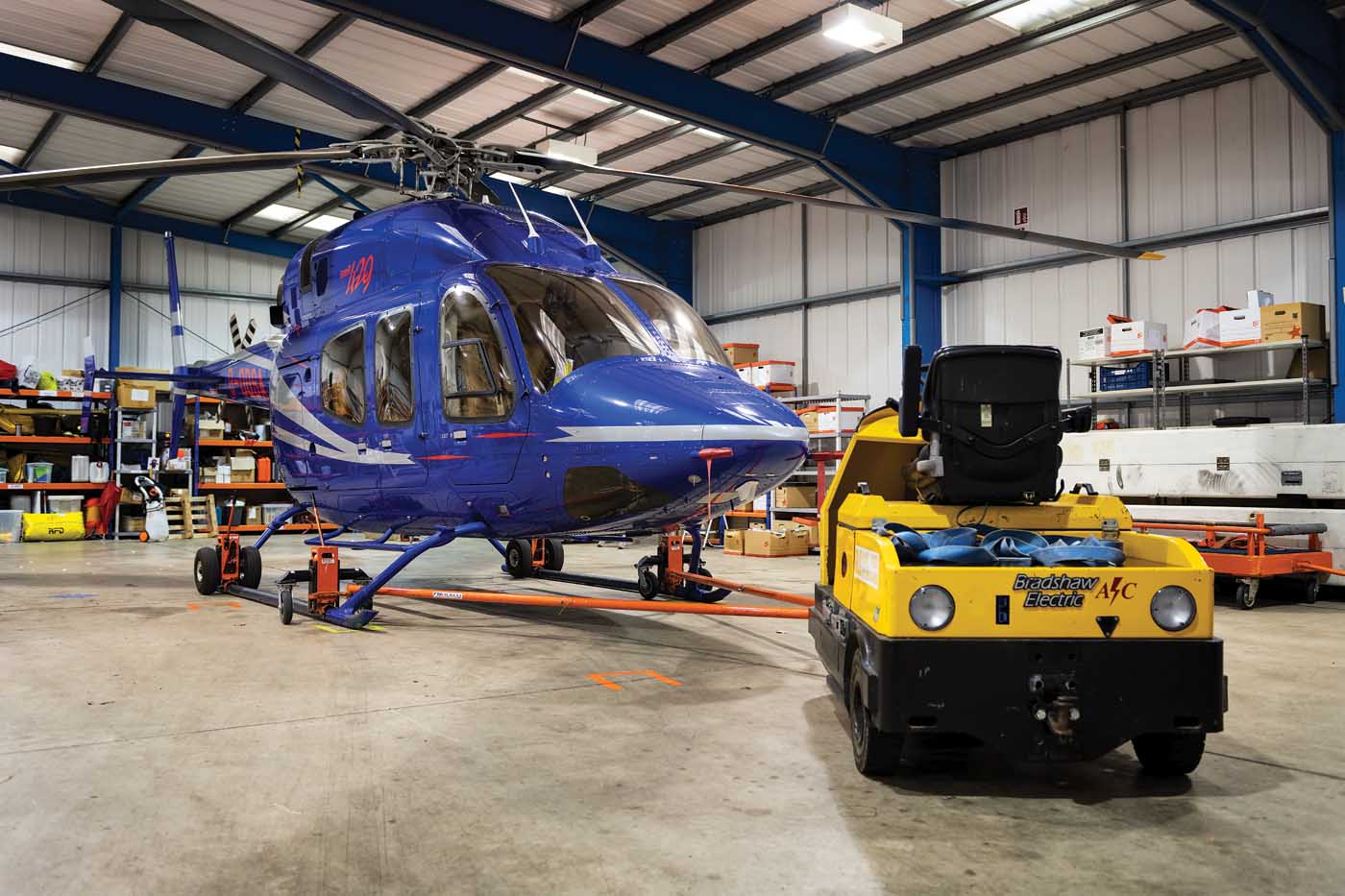
This brings challenges beyond keeping pilots available with the correct ratings and qualifications. “It’s also important that the manufacturer can support it in terms of sales,” Mitchell added. “VVIPs tend to want things that are deliverable immediately, whereas the manufacturers will announce their latest marvelous product, but it won’t be available for two or three years and that can sometimes be a problem.”
A global perspective
With the likes of the Bell 429 at one end of the spectrum and the S-92 at the other, Starspeed has proven adept at the most elusive of skills in aviation: turning Jet-A into profit rather than vice versa. That it has been able to do this across such a broad range of aircraft types is perhaps largely a function of its customer demographic, but it is nonetheless an impressive feat. However, that fact in itself might appear to be rather limiting. There are, after all, few people in the world that can afford to have a medium twin helicopter on hand to whisk them from their beachside villa to a yacht offshore, let alone run the same type of helicopter that will soon be used to transport the President of the United States of America.
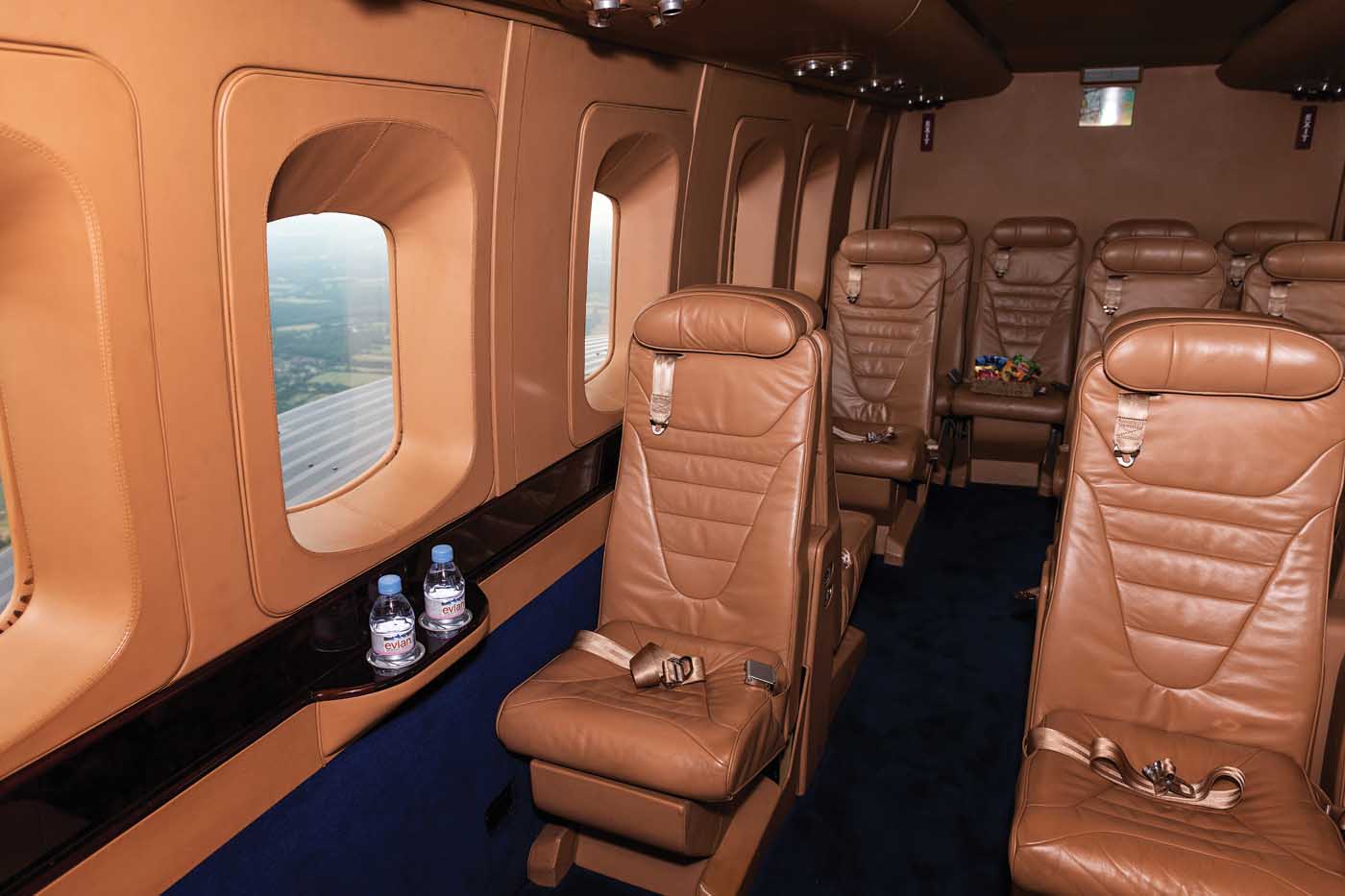
But Mitchell is positive about the company’s future, seeing the expanding scope of its operation as key to its continued success. “Twenty years ago, the likely operating environment was fairly narrowly defined [around the Mediterranean],” he said. “VVIPs now want to expand their experiences, and we now consider Patagonia, Alaska and the Maldives a core part of our operation.”
But with a global operation come global challenges, and the two don’t always scale together. Flying from a yacht in the mid-Pacific is quite literally a world away from the same operation off the coast of Monaco. The absence of well-established infrastructure can present unforeseen issues and without deployed engineering support, even a minor unserviceability presents huge logistical challenges. Recent examples include having to arrange hangarage for an aircraft in Patagonia after un-forecast weather left it facing 80-knot winds, and organizing some very exotic heavy-lift air freight capability at short notice.
“The secret to being able to operate all around the world as we do, is being able to call on friends when the need arises, be they maintainers, manufacturers, regulators or even other operators,” said Mitchell.
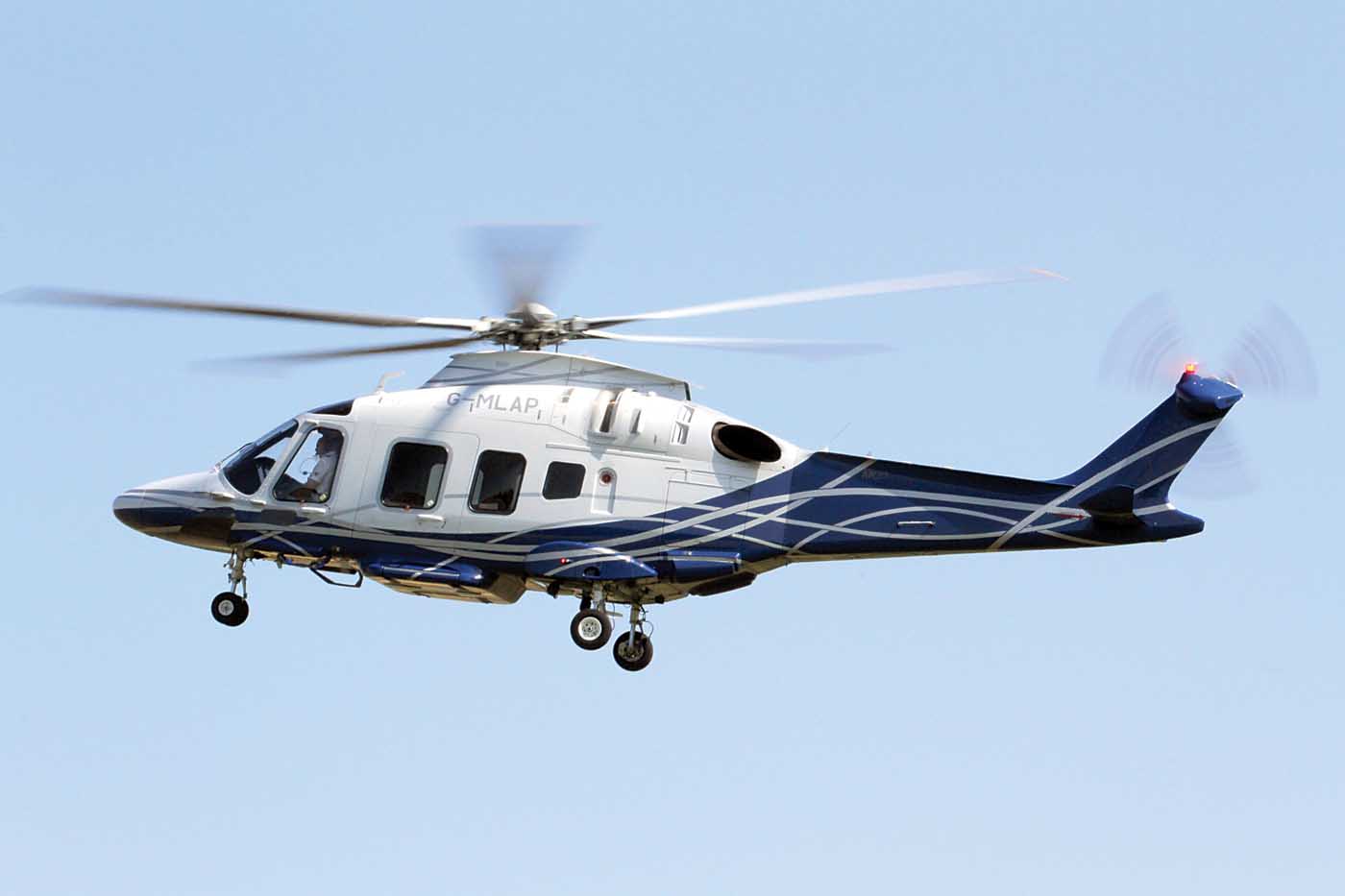
With its clientele expecting support for ever more adventurous undertakings, the company has found its operation being pushed well outside the typical corporate and VIP mission set. “All of a sudden we are doing [sling] loads, which might come as a surprise in the VIP context,” said Mitchell. “Thankfully, most of our pilots have something in their background that has given them a starting point for these types of operations so that they are not completely unfamiliar.”
And sling-loads aren’t the only skill that Starspeed is undertaking in an effort to further improve the utility and meet the demands of its customers, as Mitchell explained. “We are also considering the value of NVIS [night vision imaging systems] capabilities, to see whether that would increase our utility. It’s not to push the boundaries, but we will consider anything that might give us a safety benefit.”
That Starspeed is able to meet these diverse demands and continue to satisfy what must be some of the most demanding customers, is testament not only to its corporate experience but perhaps even more so to the people that operate its aircraft. Clearly, a great deal of effort goes into selecting the right personality for the task. Not everybody is suited to long periods away from home, managing not only the safe operation of the aircraft, but all of the supporting activity.
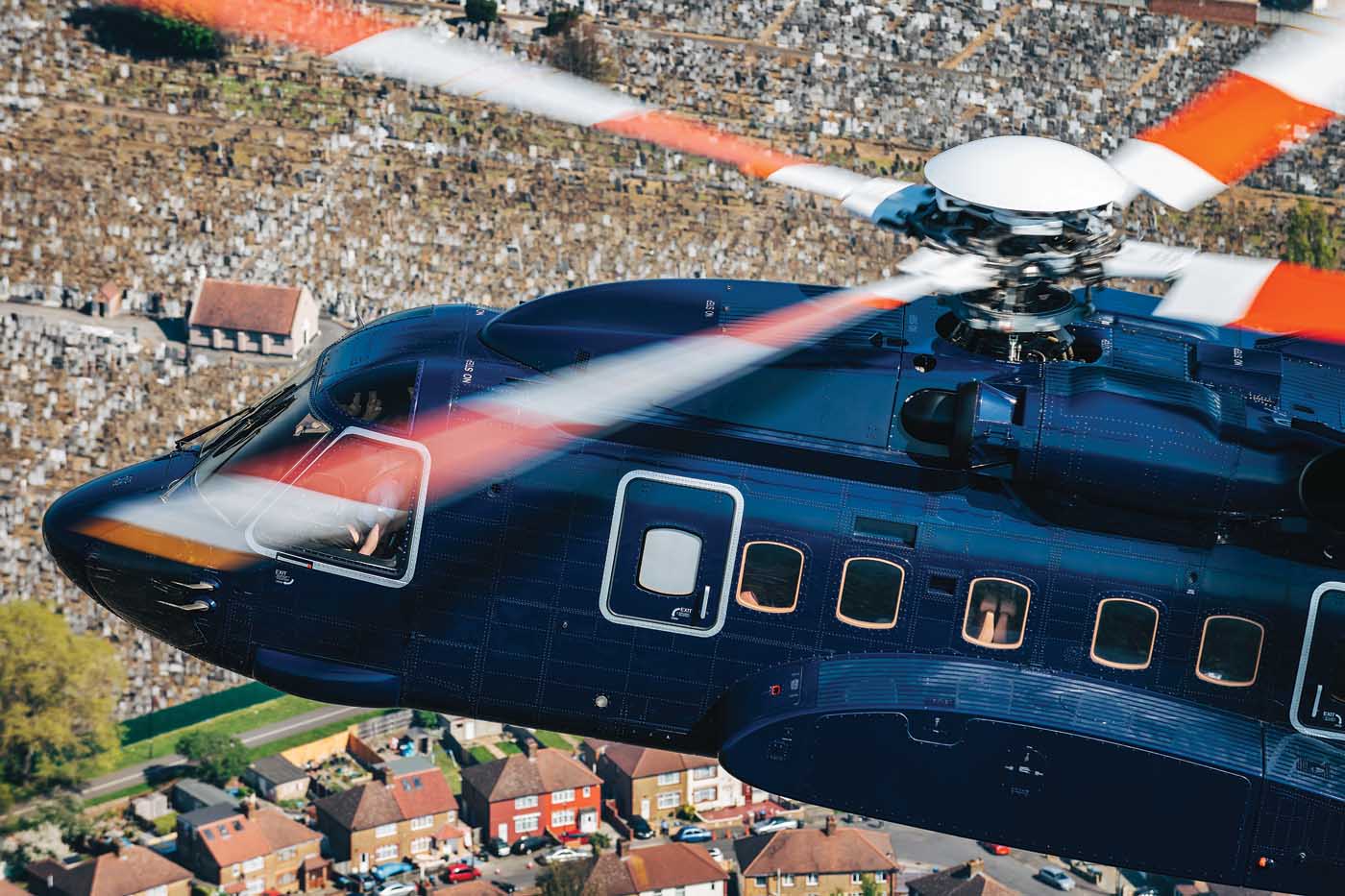
Alongside this, they will be expected to interface directly with a client who, while they determine the task, are likely to have little understanding of aviation and its associated complexities.
A brief look into the world of superyacht ownership demonstrates that on board these vessels, the toys proliferate. But even a helicopter configured internally with only luxury in mind is capable of transporting them ashore with the simple addition of a cargo hook. Having used them for years purely as a means of personal transport, it seems that those with the means to own a helicopter as a lifestyle accessory are now beginning to understand their true utility.





